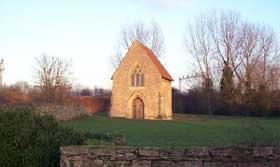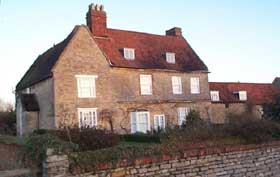|
 |
 |
 |
 |
 |
 |
 |
 |
 |
 |
 |
 |
 |
 |
 |
 |
 |
|
|
|
|
|
|
|
|
|
|
|
|
 |
|
 |
 |
 |
|
|
|
|
|
|
|
|
|
|
 |
|
 |
|
Bradwell Abbey was founded in the middle of the 12th century. Today only the 14th century chapel and a few ruins remain. The 17th century farmhouse built on the site is now a field centre for archaeologists and ecologists as well as head-quarters for the Field Centre Trust. |
|
|
 |
 |
|
|
|
|
|
|
|
|
|
 |
In the 17th century the Longville family lived at Bradwell and the chapel was used for services and baptisms. In 1666 the estate was purchased by Sir Joseph Alston (link to BVMS badge) who enlarged the house and restored the chapel. |
|
 |
|
|
|
|
|
|
|
|
 |
|
 |
The building of the railway embankment in 1838 isolated the Abbey from Old Bradwell, restricting access to it. |
|
|
 |
 |
|
|
|
|
|
|
|
|
|
 |
More recently the new roads of Milton Keynes have brought the Abbey within easy reach, again, to visitors and also made it clearly visible to the passing motorist. |
|
 |
|
|
|
|
|
|
|
|
 |
|
 |
|
|
For more information on the Abbey see Keith Powell's Bradwell Priory page (link no longer active). |
|
|
|
|
 |
|
|
|
|
|
|
|
|
|
|
|
|
Back to top |
|
|











